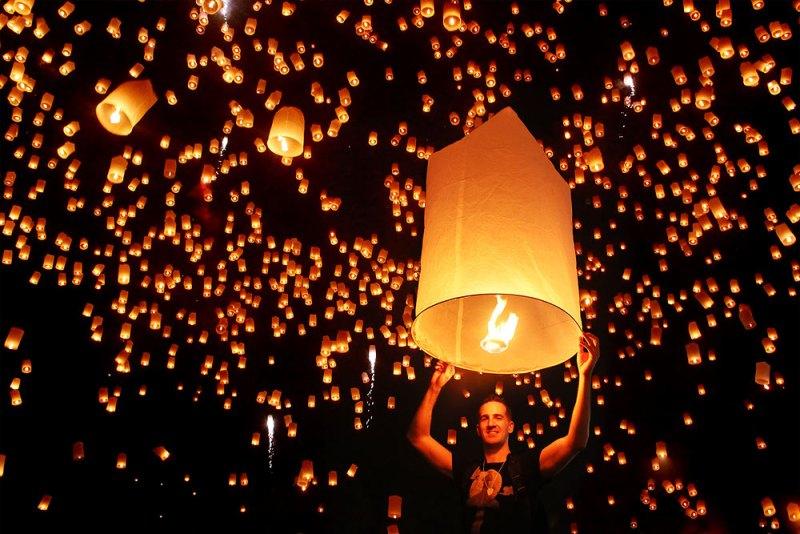
May 2, 2016
While those lights you see in the night sky might not be of the extraterrestrial variety, they could still pose a serious threat to those back on Earth. Sky lanterns, a cheap airborne candle that can float up to two kilometres in the sky, can be found at many dollar stores. However, they are actually illegal in some municipalities in British Columbia.
- here to read more.
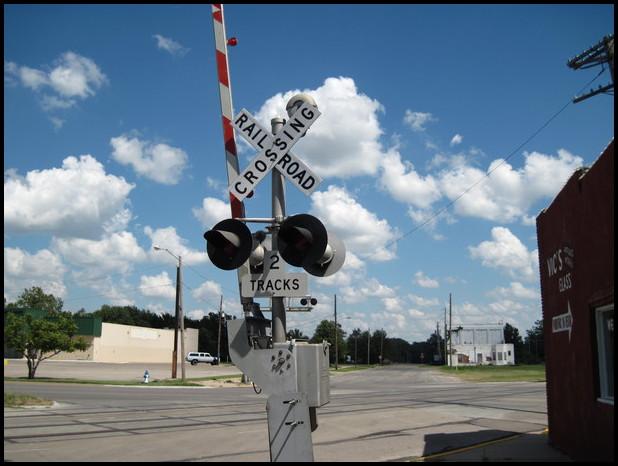
May 2, 2016
Transport Canada and an American firm operating the rail line that hugs the heavily populated coastline in Surrey and White Rock aren’t taking public safety concerns seriously, a House of Commons committee has been told. The alarming message was delivered by Surrey Fire Chief Len Garis, who alleged that BNSF Railway appears to be violating Transport Canada rules.
- Click here to read more.
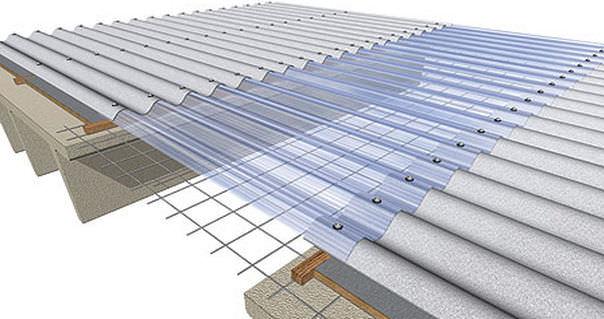
Apr 18, 2016
The National Institute for Occupational Safety and Health (NIOSH) has issued a nationwide alert to fire departments across the U.S. following last July’s death of a Denver firefighter. The safety advisory concerns translucent corrugated roof panels, the same kind of panel the firefighter fell through, leading to his death.
- Click here to read more.

Apr 18, 2016
The Ontario Court of Justice has handed down a $15,000 fine on a St. Catharines residential care facility for providing misleading information to fire officials. Officials say the operators of Queenchester Terrace provided false information to St. Catharines Fire Services relating to minimum staffing.
- Click here to read more.
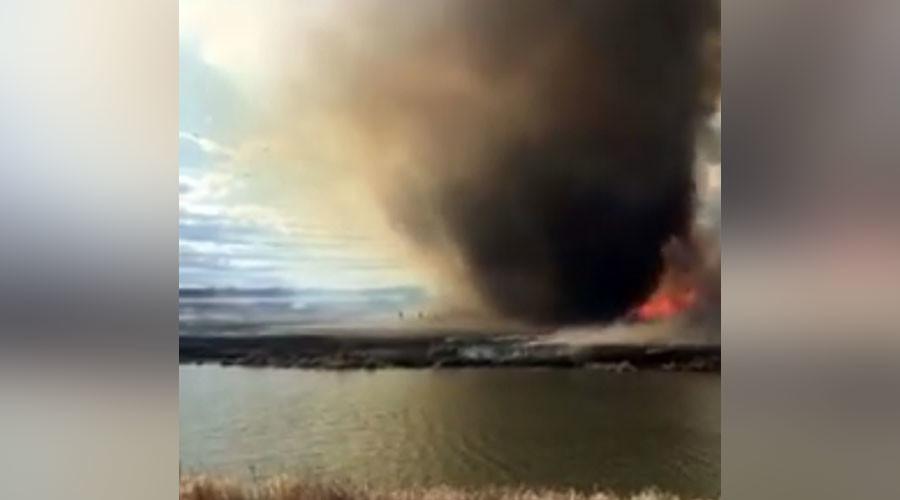
Apr 18, 2016
A dramatic video shows the shocking size of a massive “fire tornado” in St. Albert, Alberta, last week that forced a firefighter to jump into a river to escape the flames.
- here to read more and see the video.
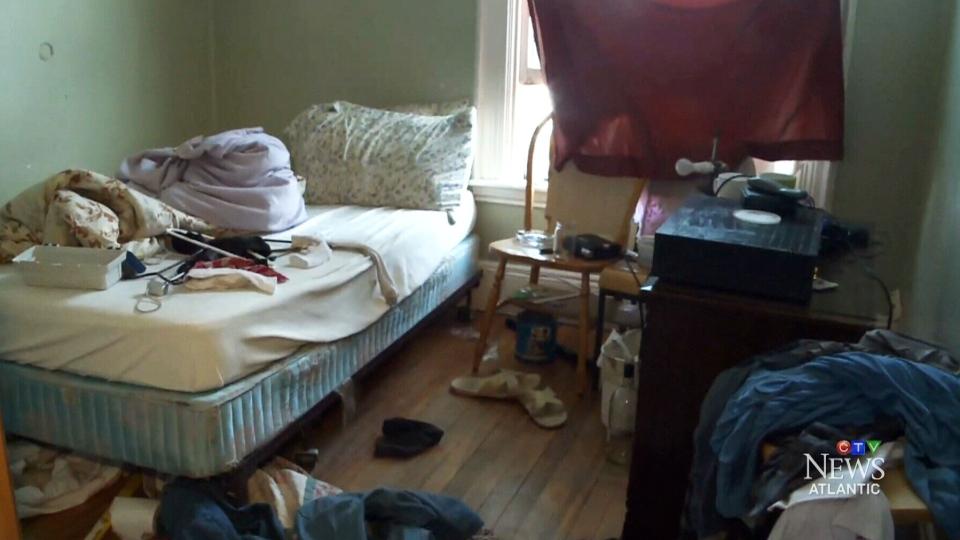
Apr 18, 2016
Some charitable organizations are sounding the alarm after a weekend fire exposed deplorable living conditions in a rooming house in Moncton. The groups say deteriorating buildings and a lack of power and water are becoming all too common for the less fortunate.
- Click here to read more.
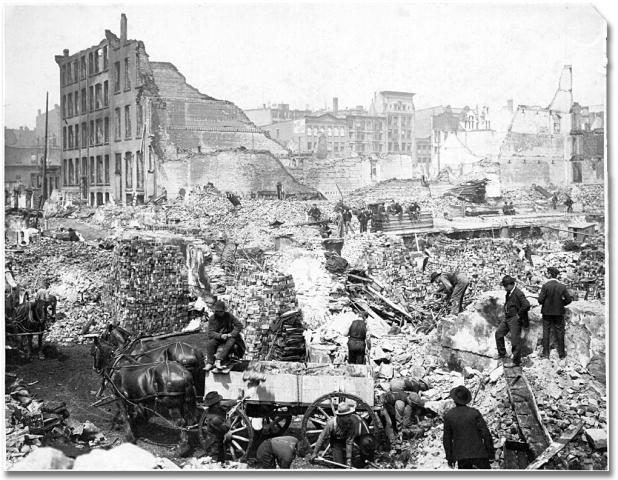
Apr 5, 2016
The Great Fire of Toronto, April 19, 1904, destroyed a large section of downtown Toronto. It was the second such fire for the city in its then short history,
- Click here to read more.
Apr 5, 2016
Paramedic Lisa Jennings found herself living in her car for 10 days this year. The car became a temporary home after she had to leave the garage she was renting with $375 of her $906 monthly B.C.disability allowance.
- Click here to read more.
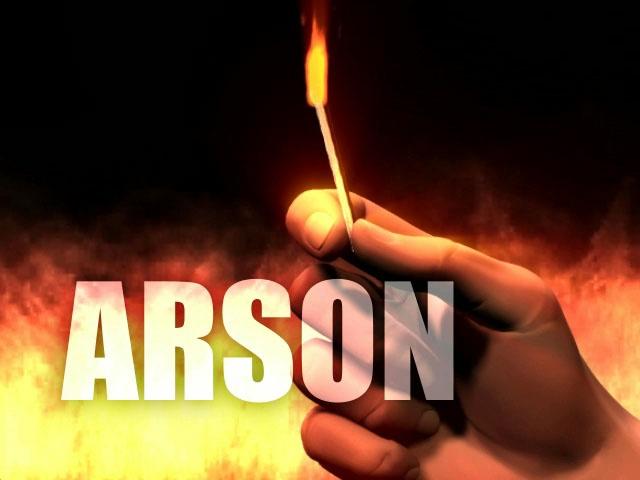
Apr 5, 2016
Philadelphia fire investigators had no scientific basis to conclude that a 1985 rowhouse fire in Oxford Circle was arson, a defense expert testified about the blaze that killed two boys and sent their father to death row for their murder.
- Click here to read more.

Mar 20, 2016
Montreal has cancelled its plans to host the 2017 World Police and Fire Games, one of the largest international multidisciplinary sporting events on the planet, following a growing union movement to boycott the games.









